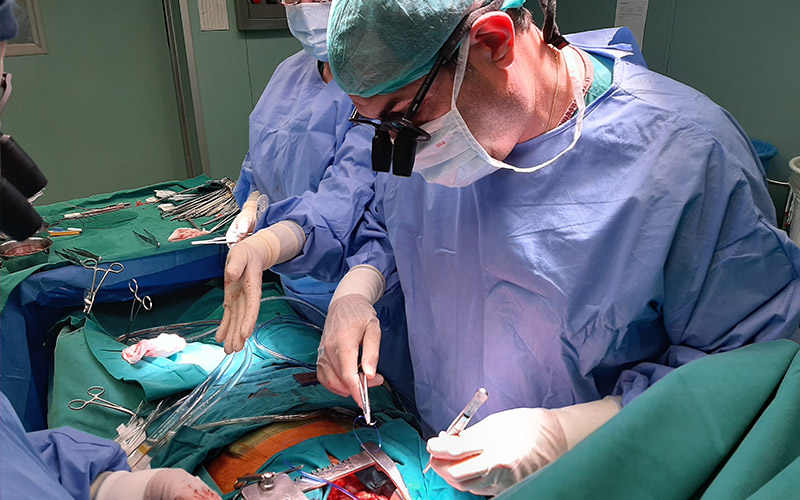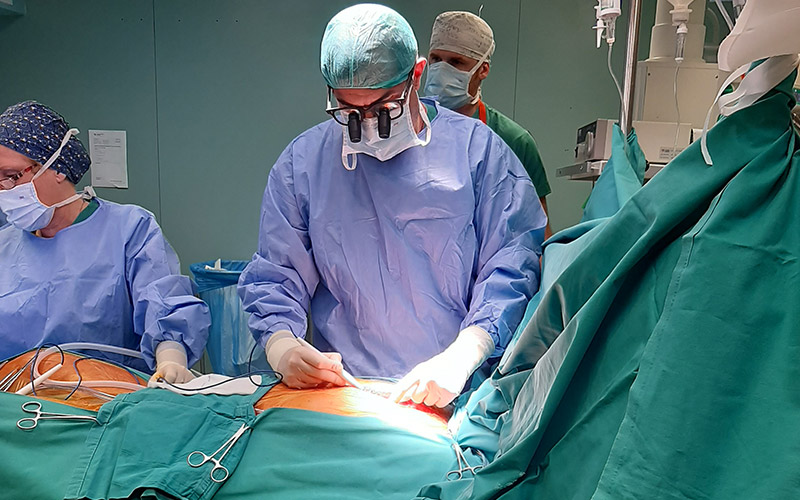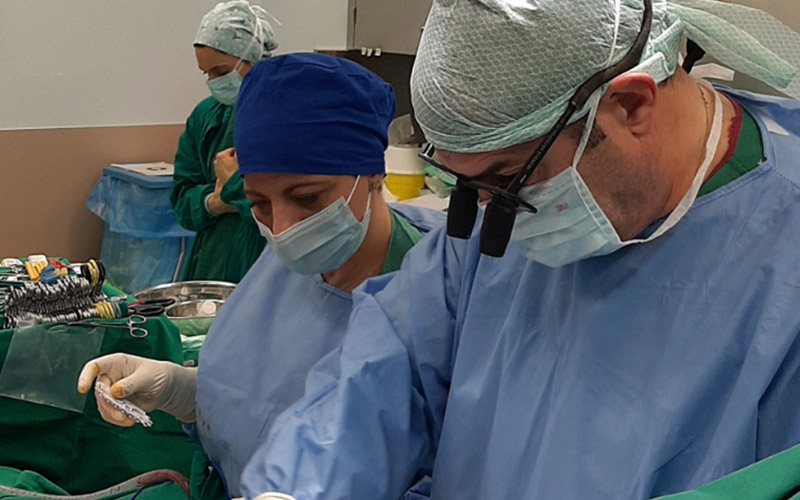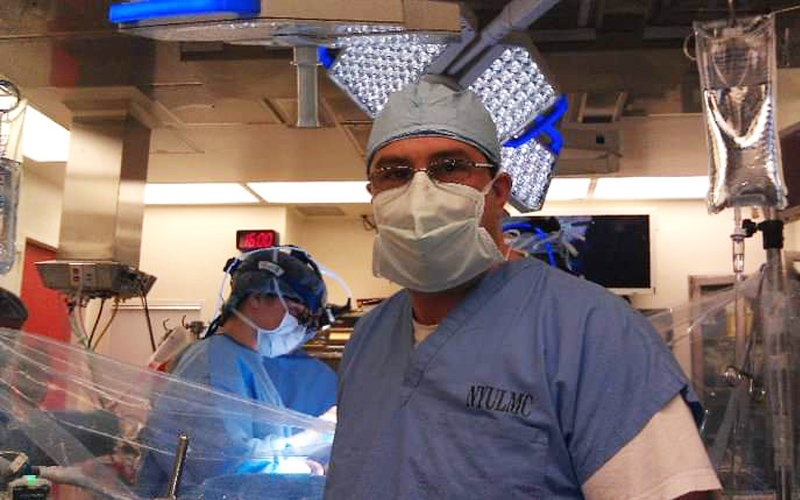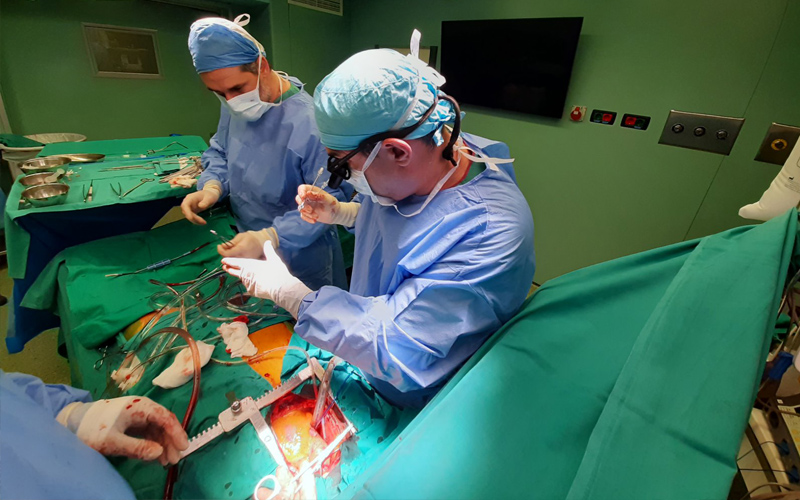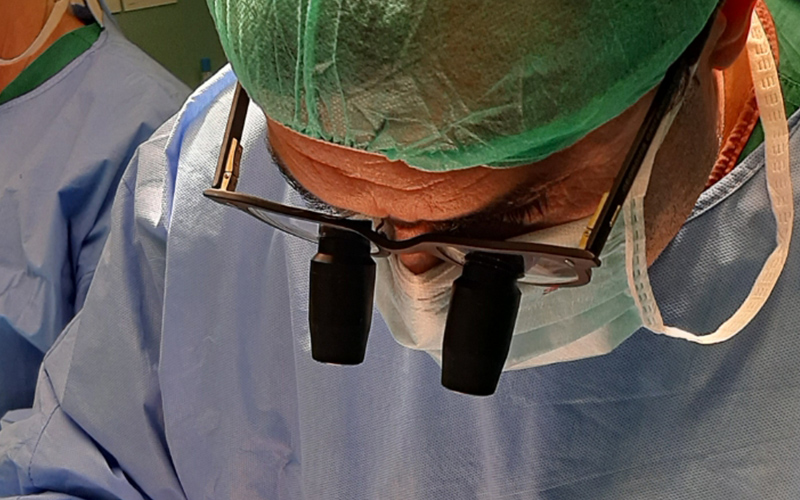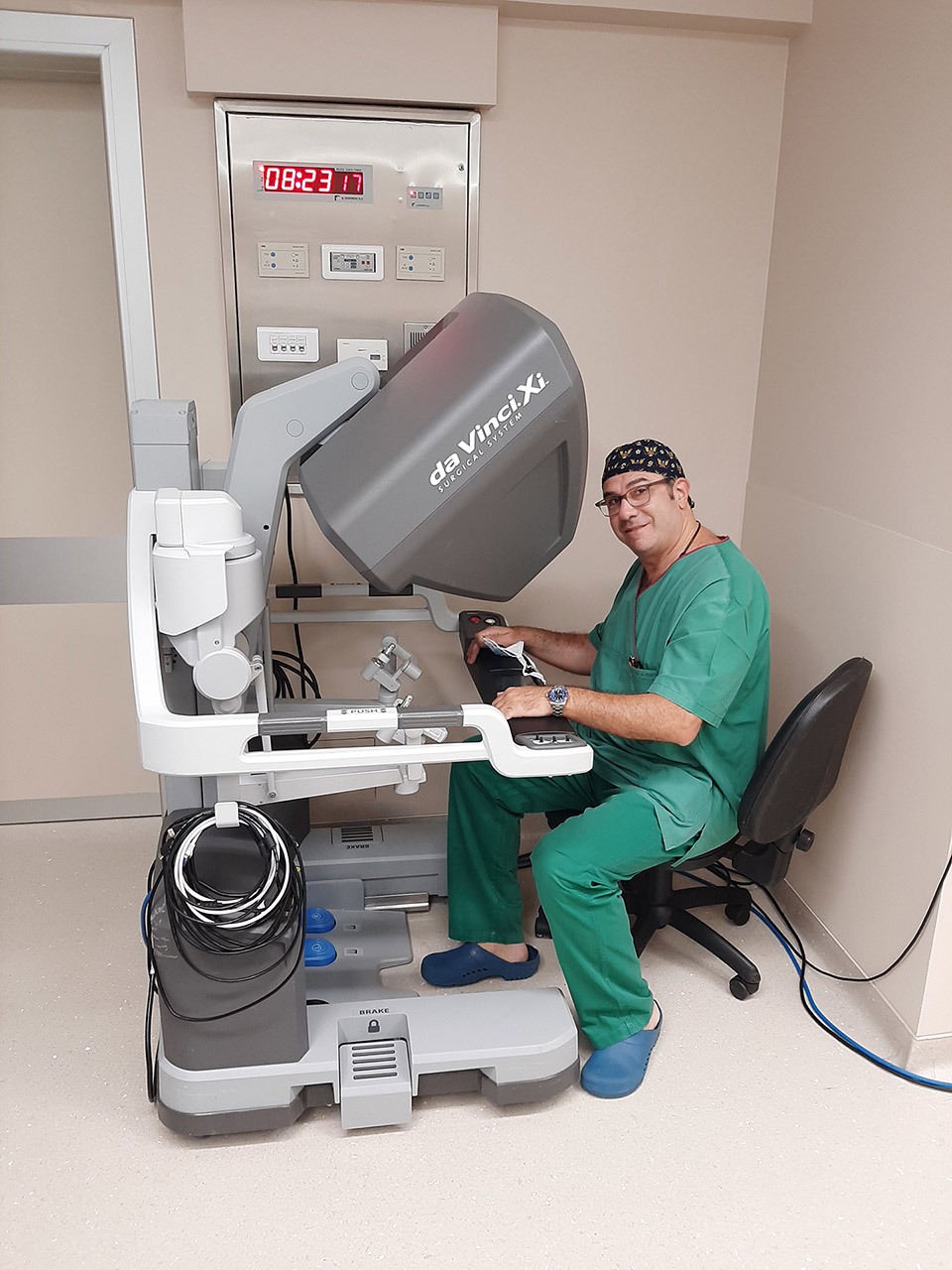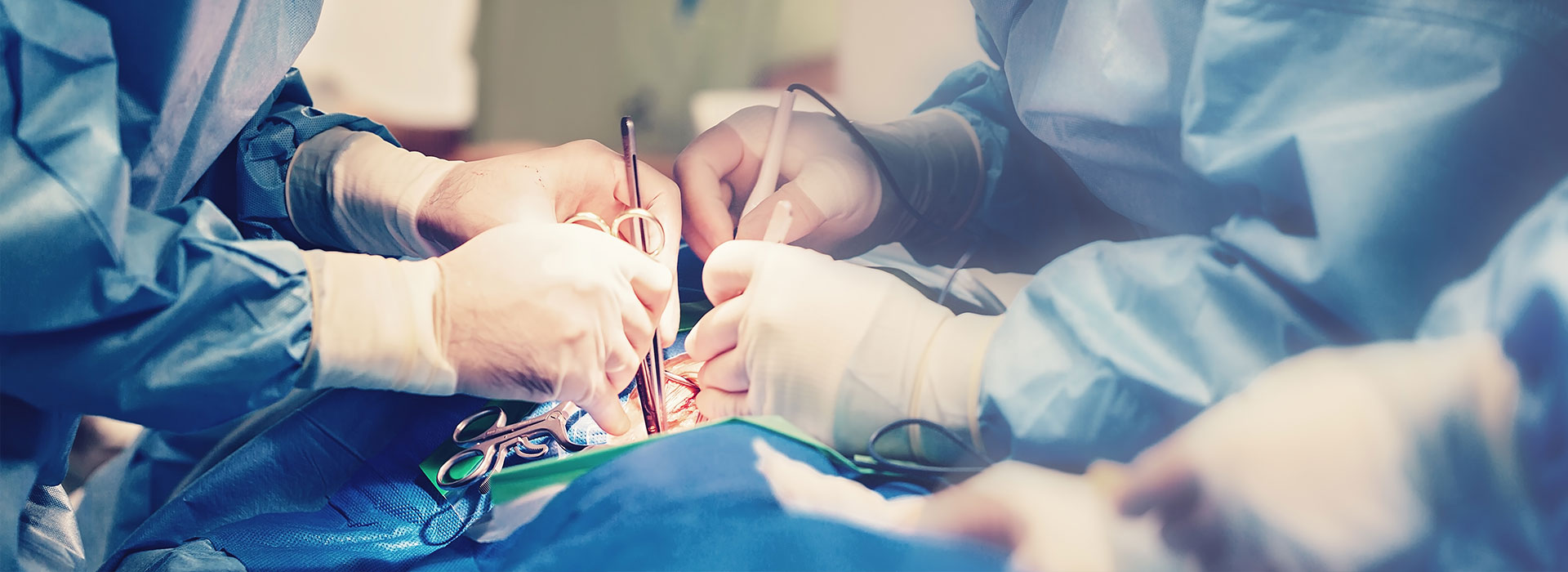
Surgeries
Coronary artery bypass grafting
Heart valve surgeries
Tricuspid valve surgery
Usually, the surgery is performed with a plastic tricuspid valve either with special rings or with special sutures. In certain extraordinary cases, the valve is replaced. However, such a procedure is linked with a higher mortality rate and is considered as the last resort.
Aortic valve surgeries
Aortic valve stenosis and regurgitation. Usually, this is resolved by replacing the valve either with a biological valve or with a mechanical metal valve. In certain cases, aortic valve valvuloplasty may be performed. These procedures are performed either with a median sternotomy or with smaller incisions (minimally ivasine surgery), depending on the patient’s needs.
Our team, in collaboration with a team of specialist cardiac surgeons, implants valves with the use of a catheter, in other words transdermal placement without surgery. This procedure, however, is recommended for patients with a high surgery risk.
Mitral valve surgeries
Mitral valve stenosis and regurgitation. The options that are available are valvuloplasty or replacement with a mechanical valve, in other words a metal or biological valve. The technique that is chosen depends on the patient.
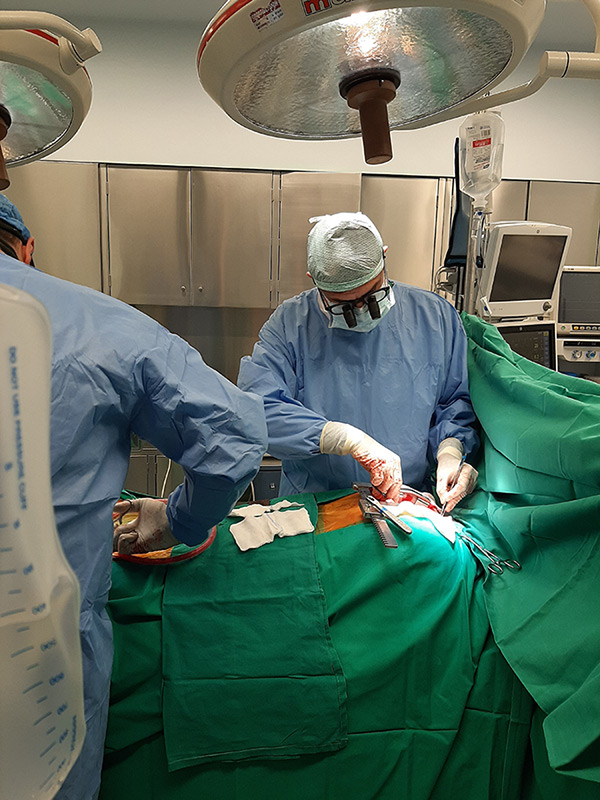
Aortic diseases
These diseases refer to aneurysms and aortic dissections. A surgery is performed to replace the diseased part of the aorta, always with a different technique and gravity depending on the part of the aorta that is replaced.
Heart tumours
The most common type of heart tumour is the myxoma. The majority of myxomas originate from the left atrium and are usually removed surgically. We also frequently encounter an extracardiac mass –thymoma. These tumours are treated thoracoscopically, in other words without a median sternotomy.
Congenital heart diseases
The most common congenital heart diseases are atrial septal defect (ASD) and ventricular septal defect (VSD).
Reoperations
When a patient has undergone cardiac surgery and needs to be operated a second or third time. These surgeries are technically more difficult, with a higher mortality and morbidity rate. Our team performs a large number of revision surgeries with a very high success rate.
Atrial fibrillation surgeries
These surgeries are usually performed in conjunction with the correction of another heart valve. However, they can also be performed separately to free the patient from the arrhythmia and the risks that are associated with it.
Minimally invasive cardiac surgery
Endoscopic and robotic cardiac surgery
The future of cardiac surgery is the minimisation of surgical traumas. The benefits for the patient are significant, not only from an aesthetic perspective but also in terms of the rate of recovery, the possibility of infection and the minimisation of pain, discomfort and the need for transfusions.
Our team is experienced in cardiac surgeries without sternotomy. These surgeries are performed exclusively at the Athens Medical Centre, which is equipped with the latest technology equipment, in collaboration with a team of specialised surgeons. In addition, distinguished professors from recognised centres from all over the world and professors who specialise in this type of surgery frequently visit our clinics, overseeing these pioneering surgeries.
Ask your doctor to recommend the procedure that is the most suitable for your case.
The above information is indicative.
Dr Gritsopoulos is always at your disposal to answer any questions you may have, as well as to plan together the best possible surgery for you.

